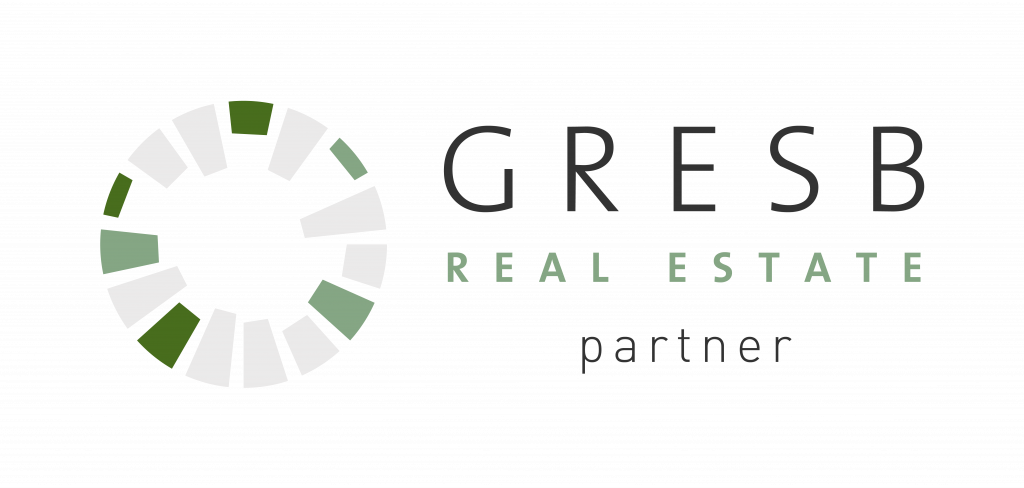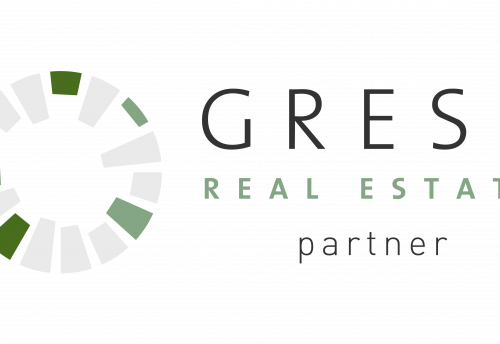
- November 2, 2023
How did the application of sustainability emerge in finance?
In this week’s blog article by our colleague Alexa Chanliau we review some basic definitions and products available within the Sustainable Finance agenda, a multifaceted paradigm that has emerged as a driving force in the world of business and finance, gaining momentum over the last few decades. Its evolution from a niche idea to a mainstream strategy is a remarkable journey that has reshaped the way businesses, investors, and policymakers view economic growth and environmental responsibility.
Sustainable finance refers to any kind of financial activity that takes sustainability into account, across asset classes (including equity, debt—both bonds and loans—and other asset classes such as commodities or derivatives) and across different products and services, ranging from corporate loans to mutual funds with shares of sustainable firms, offered to retail investors. Green finance refers to sustainable finance focused on environment-related risks and opportunities—often, but not necessarily, climate change. Other topics falling under the “green” categorization can include waste management, water usage, conservation of natural habitats, and mitigating biodiversity loss. Climate finance refers exclusively to financial flows relating to climate change, whether mitigation or adaptation, but it has historically been associated with the public sector more than with private-sector funding.
Sustainable finance, both in its broadest sense and relating to its subtypes like green or climate finance, has been rapidly growing in popularity. Its growth can be measured in all sorts of ways, from assets under management invested in sustainable ways to the proliferation of specific sustainable financial instruments. Given the increasing awareness of sustainability, there has been a temptation and tendency on the part of financial firms to label their offerings or their practices “sustainable” without a harmonization of definitions. Industry standards and oversight has evolved both through self-policing from industry associations and because of regulatory action.
There is also increasing consensus on how to integrate environmental, social, and governance factors into lending and investing practices, specifically scores and metrics for portfolio analysis. As more data became available on corporate ESG performance, investors could make more informed decisions, favouring companies that prioritized sustainability.
In addition to ESG integration, green bonds and social bonds emerged as key instruments for sustainable finance. These fixed-income securities directed capital towards environmentally and socially beneficial projects, such as renewable energy, sustainable agriculture, and affordable housing. The growth of the green bond market reached an all-time high of over USD 150 billion, despite the plummet in issuance during the latter half of 2022.
Types of Sustainable and Green Financial Products and Instruments:
-
- Sustainably linked instruments: the financial instrument itself is linked to sustainability targets, such as through an interest rate penalty or reward on achievement of a specified target.
-
- Green bonds: Green bonds have proceeds that are earmarked for environmental projects. Green bond issuance is, so far, largely self-defined and self-policed by the market under broad, industry-led principles and definitions such as the Green Bond Principles from the International Capital Market Association (ICMA), although regulators are also moving toward setting definitions, as with the E.U. green bond standard.
-
- Social bonds: Social bonds are bonds with earmarked proceeds for projects that will bring social benefits.
-
- Sustainability bonds: Sustainability bonds are a combination of the two, in that they are meant to simultaneously address both environmental and social objectives.
-
- Sustainability Linked Loans and Bonds: These two combined is about linking the financing to sustainability targets as an incentive, rather than simply ring-fencing certain funds for use in green or sustainable projects. In sustainability-linked bonds (SLB), the coupon paid by the issuer is linked to the issuer firm’s achievement of pre-agreed sustainability targets. Similarly, for sustainability-linked loans (SLL), the interest rate on the loan is linked to a company’s achievement of certain sustainability benchmarks.
-
- Green funds: green bond funds, consist specifically of the sort of labelled sustainable financial instruments.
The emergence of sustainable finance represents a profound shift in the world of business and finance. From its origins in the early environmental movement to its integration into mainstream financial practices, sustainable finance has evolved in response to growing environmental and social challenges. The journey has been marked by the development of ESG integration, the rise of ethical investment funds, and the creation of innovative financial instruments like green and social bonds. As sustainable finance continues to gain momentum, it is likely to shape the future of finance, guiding investments, and business decisions toward a more sustainable and responsible world. The transformation from a niche concept to a global movement reflects the increasing awareness that financial success can and should be intertwined with the well-being of our planet and society. However, as the ESG market grows further, there is also a trend toward more regulatory involvement as well as cross-border harmonization of definitions. The portion of all financial activities that incorporates sustainability is expected to continue rising amid increased stakeholder, government, and peer pressure, and as sustain-ability becomes a societal norm.













